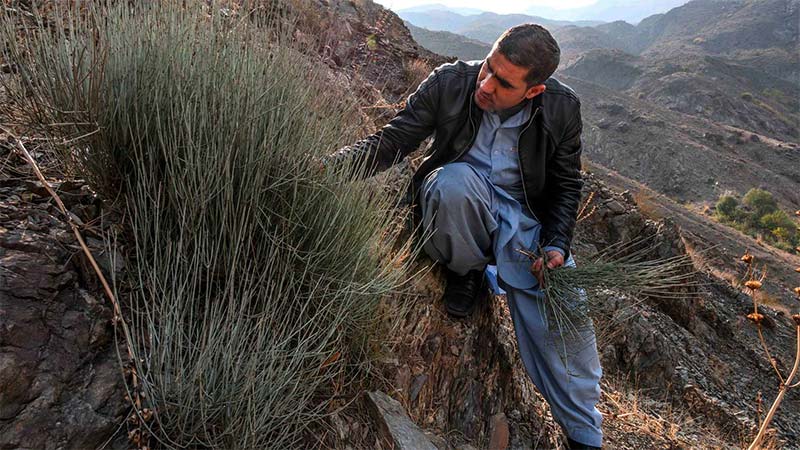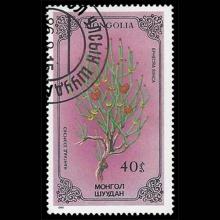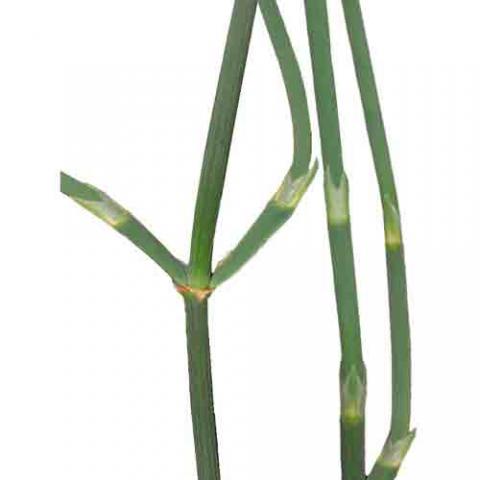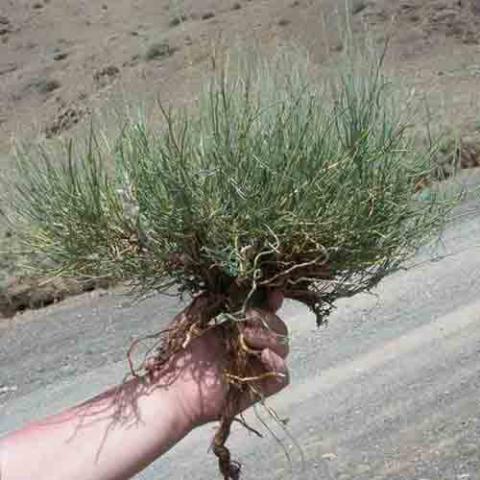NAME(S)
TAXONOMY
PLANTAE ID
THERAPEUTIC
Mongolia
Issued:
Stamp:
Ephedra sinica
Mongolia
Issued:
Stamp:
Ephedra sinica
Mongolia
Issued:
Stamp:
Ephedra sinica
The Wild Shrub at the Root of the Afghan Meth Epidemic (excerpt)
by Kern Hendricks, May 20, 2020
For Afghan meth makers, the wild ephedra bush has been a game-changer, breathing life into a new, troubling industry.

MUHAMMAD REHMAN SHIRZAD squints against the late afternoon sun as he scrambles up the side of a steep ravine in the district of Surobi on the eastern edge of Afghanistan’s Kabul Province. This rugged gorge, only an hour’s drive from the national capital, is a far cry from the sprawling pink-and-red poppy fields that have long put Afghanistan at the heart of the global heroin trade. But these high, rocky outcroppings are home to a plant that may soon play as central a role in the country’s drug economy as the infamous opium poppy.
Rehman, a forensic scientist with the Afghan government’s Forensic Medicine Directorate, stops to catch his breath and scans the uneven ground ahead. He is searching for Ephedra sinica, a hardy, sage-colored shrub that grows abundantly across central and northern Afghanistan. The plant contains a naturally-occurring stimulant called ephedrine — the synthetic version of which is a common ingredient in decongestants and weight loss pills, and is often used to make crystal methamphetamine.
That characteristic has made ephedrine-containing medications tightly controlled in North America and Europe. Even in Afghanistan, which has no such restrictions, it is difficult for drug producers to obtain enough of the chemical for the large-scale production of crystal meth. For them, the ephedra plant has been a game-changer, providing a cheap, local, and naturally abundant source of ephedrine. In turn, Afghanistan’s cities — and even its impoverished rural areas — are seeing a flood of crystal meth use and addiction.
Early on, this development garnered little sustained attention, either from law enforcement or international drug experts. But in a 2019 report on Afghanistan’s crystal meth industry, a team led by David Mansfield, an independent consultant and former fellow at the London School of Economics who has studied Afghanistan’s narco-economy for more than 20 years, outlined the far-ranging effects of ephedra’s new role. “The conditions are right for this industry to become deep-rooted,” Mansfield said in a recent interview.
Exploiting the plant’s natural abundance in certain areas of the country and the absence of central government control, ephedra is harvested and shipped by truck to open-air markets that are now dedicated to supplying the surging demand, according to the LSE report. Although the effects of ephedra harvesting in Afghanistan are still difficult to gauge, Mansfield suggested that in terms of scale and value “it is quite possible for the ephedra and meth industry to equal that of the opium and heroin economy.” The opium and heroin trade in Afghanistan is worth as much as $6.6 billion per year, according to a 2018 report from the United Nations Office on Drugs and Crime (UNODC).
As he strides along the slope, Rehman points out that there are no small or freshly chopped ephedra shrubs here, suggesting they have not been harvested on any significant scale. “The plants here are much more difficult to reach than in other areas,” he says. “Even if local people need some ephedra for medical use, they are more likely to buy it from the bazaar.”
(click the link below to read the entire article)
Genus species (Plantae): Ephedra sinica
Ephedra is a genus of gymnosperm shrubs, the only genus in its family, Ephedraceae, and order, Ephedrales. The various species of Ephedra are widespread in many lands, native to southwestern North America, southern Europe, northern Africa, southwest and central Asia, northern China and western South America.
In temperate climates, most Ephedra species grow on shores or in sandy soils with direct sun exposure. Common names in English include joint-pine, jointfir, Mormon-tea or Brigham tea. The Chinese name for Ephedra species is mahuang (simplified Chinese: 麻黄; traditional Chinese: 麻黃; pinyin: máhuáng; Wade–Giles: ma-huang; lit.: 'hemp yellow'). Ephedra is also sometimes called sea grape (from the French raisin de mer), a common name for the flowering plant Coccoloba uvifera
Description
The family, Ephedraceae Dumort., of which Ephedra is the only genus, are gymnosperms, and generally shrubs, sometimes clambering vines, and rarely, small trees. Members of the genus frequently spread by the use of rhizomes.
The stems are green and photosynthetic. The leaves are opposite or whorled. The scalelike leaves fuse into a sheath at the base and this often sheds soon after development. There are no resin canals.
The plants are mostly dioecious: with the pollen strobili in whorls of 1-10, each consisting of a series of decussate bracts. The pollen is furrowed. The female strobili also occur in whorls, with bracts which fuse around a single ovule. There are generally 1-2 yellow to dark brown seeds per strobilus.
Reference: Wikipedia





